高功率LED柔性封装结构设计与热特性分析
I摘要大面积曲面、面型可变的照明设计和应用,要求LED必须具备柔性特性,柔性LED封装技术可以满足这个要求。该技术基于贴片式功率LED封装方式,整合了LED和OLED的优点,在保证大面积照明的同时,采用柔性衬底封装结构,达到大功率LED阵列柔性弯曲的目的。既保留了LED高发光效率、长使用寿命等特点,又使LED具有与OLED相同的柔性轻薄外观,这无疑是照明理念的升华。目前的相关研究工作大多集中在柔性电路的设计上,采用柔性基底的功率型LED柔性封装还未见报道。本文通过以下三个方面对高功率LED柔性封装结构进行了研究:第一,根据功率LED的柔性封装要求,提出了基于贴片式封装的功率型LED柔性封装结构...
相关推荐
-
我国基层财政困难的制度成因分析与对策研究VIP免费
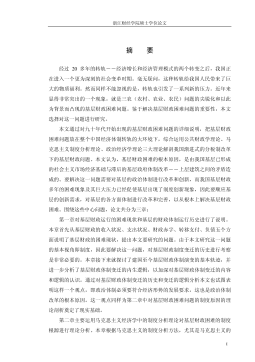
 2024-09-20 33
2024-09-20 33 -
我国煤电产业链纵向交易合约机制研究VIP免费
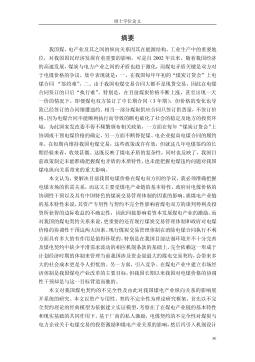
 2024-09-20 28
2024-09-20 28 -
生产要素视角下的上海市产业结构优化研究VIP免费
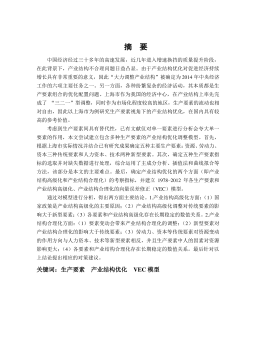
 2025-01-09 7
2025-01-09 7 -
我国银行业结构与经济结构关系研究VIP免费
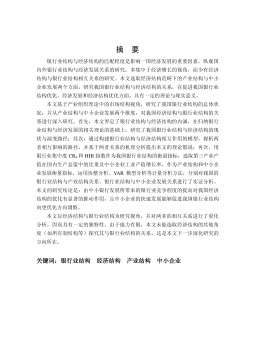
 2025-01-09 7
2025-01-09 7 -
大数据视角下农业供应链金融研究VIP免费
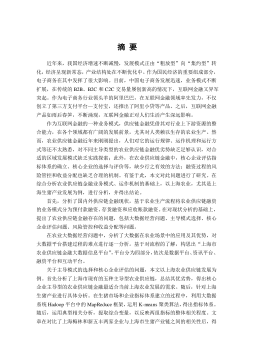
 2025-01-09 6
2025-01-09 6 -
跨国大型综合超市的规划研究VIP免费
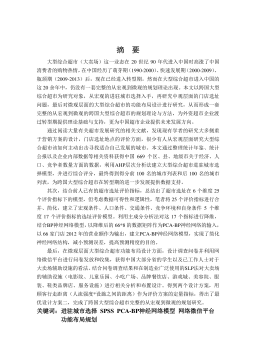
 2025-01-09 6
2025-01-09 6 -
跨境电商农产品质量安全问题研究VIP免费
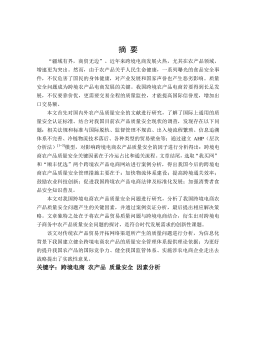
 2025-01-09 7
2025-01-09 7 -
世界市场的虚拟化与我国国际电子商务发展方向研究VIP免费
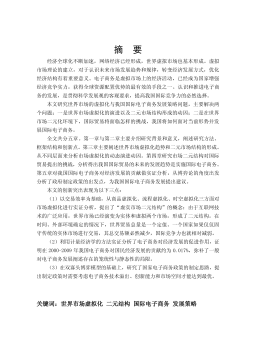
 2025-01-09 9
2025-01-09 9 -
中国政府对电力行业的价格规制问题研究VIP免费
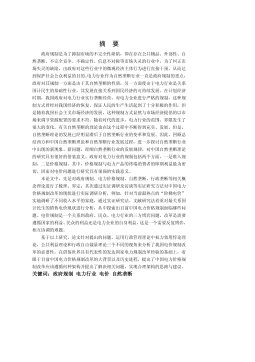
 2025-01-09 14
2025-01-09 14 -
中小企业信息化系统集成技术研究VIP免费

 2025-01-09 14
2025-01-09 14
相关内容
-

跨国大型综合超市的规划研究
分类:高等教育资料
时间:2025-01-09
标签:无
格式:PDF
价格:15 积分
-

跨境电商农产品质量安全问题研究
分类:高等教育资料
时间:2025-01-09
标签:无
格式:PDF
价格:15 积分
-

世界市场的虚拟化与我国国际电子商务发展方向研究
分类:高等教育资料
时间:2025-01-09
标签:无
格式:PDF
价格:15 积分
-

中国政府对电力行业的价格规制问题研究
分类:高等教育资料
时间:2025-01-09
标签:无
格式:PDF
价格:15 积分
-

中小企业信息化系统集成技术研究
分类:高等教育资料
时间:2025-01-09
标签:无
格式:PDF
价格:15 积分






